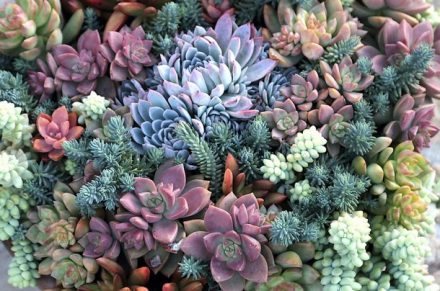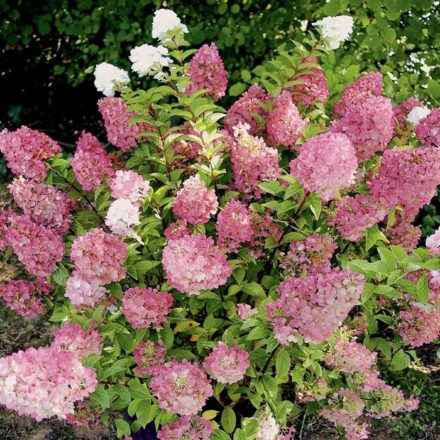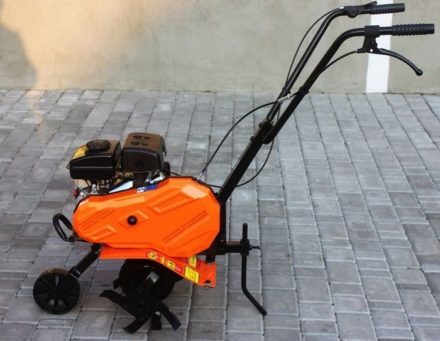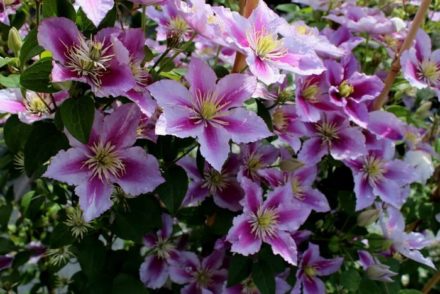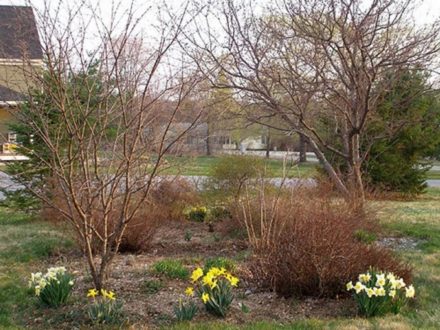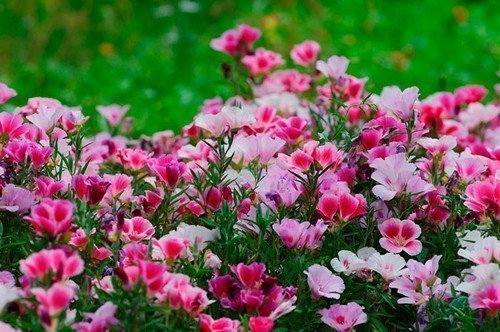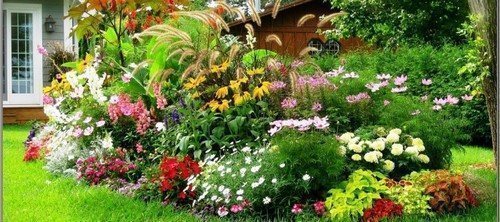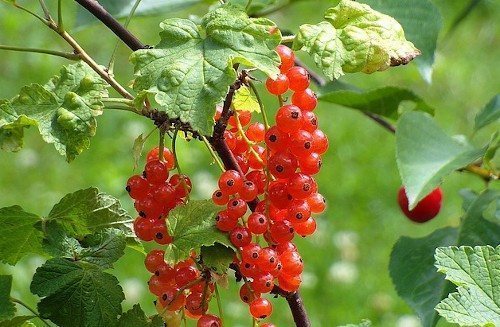Undeservedly forgotten by summer residents, but an extremely useful and unusual vegetable, the artichoke is not yet a very common plant in Russian gardens. But the benefits in it are no less than in cabbage, carrots and other vegetables traditional for the CIS countries. The plant's homeland is Sicily, but it is quite frost-resistant and grows in temperate climates.
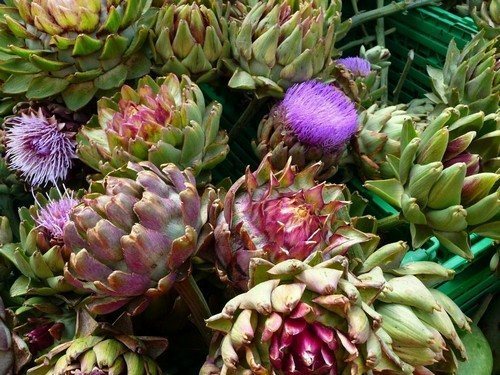
When to plant artichokes
In central Russia it is the first days of February. Do not be afraid that the plant will freeze - these are the officially recommended planting dates from plant manufacturers. It should be clarified that although the plant is considered a perennial, in the conditions of the domestic climate it is rather an annual.
Which varieties to choose
There are several types of artichoke that can be eaten. The best varieties for planting in the Russian climate are:
- May;
- spring;
- violet;
- prickly artichoke;
- green ball;
- roman violet.
These varieties were grown by enthusiasts, since agronomists are not yet too concerned about adapting this vegetable to winter realities.
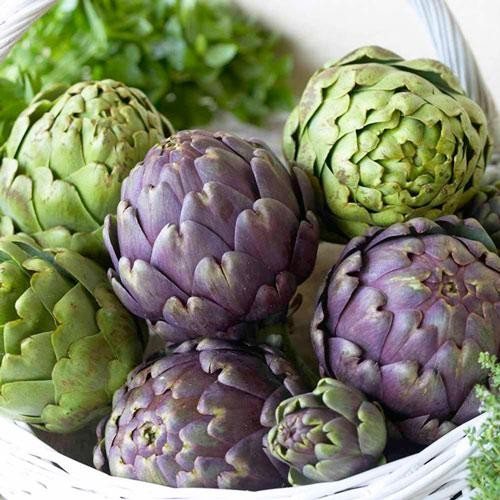
Soil for artichoke
You should choose a dry and wind-protected place in the garden. The earth should be illuminated by the sun for most of the day. Six months before planting in the fall, the garden is dug up with one bayonet. Then humus or dry leaves are added to the ground at the rate of approximately 1 bucket per 1 square meter. At the beginning of spring, the soil is dug up again and fertilizers are applied, this time mineral fertilizers.
Correct sowing of seeds
In order to obtain the maximum number of seedlings, it is recommended to sow in wooden boxes filled with a mixture of humus, sand and deciduous soil in equal proportions. The soil must be kept moist at all times.
The seedlings are kept in an apartment or greenhouse until transplanted into the soil at a constant temperature of no less than 20 degrees. When picking, you can pinch off the tip of the plant’s root so that it later develops a powerful root system.
How to care for seedlings
Artichokes love water very much, so they need to be watered generously and often. The remaining requirements are exactly the same as for other plants - you need to treat them from parasites in a timely manner, and also weed the weeds so that the artichokes receive more light. In order for the bush to grow and become more lush, from time to time you can pierce the ground around them with a shovel - this will limit the growth of roots.
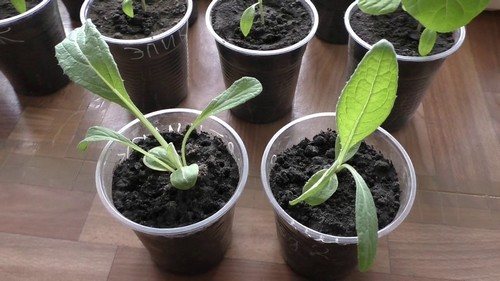
How to properly store in winter
To use artichoke bushes for several years in a row, you will have to dig up the plant before the onset of cold weather and keep it in a dark but warm place all winter. At the beginning of spring, artichokes are returned to the beds and harvested at the end of August.
Artichoke propagation
Propagation by seeds is generally accepted, but experienced gardeners can try propagating bushes using layering. Unfortunately, you can only take these cuttings from friends who grow artichokes, because they are practically never found in nurseries.


